
Cretostimogene grenadenorepvec showed complete response across subgroups in patients with high-risk BCG-unresponsive non-muscle invasive bladder cancer.

Cretostimogene grenadenorepvec showed complete response across subgroups in patients with high-risk BCG-unresponsive non-muscle invasive bladder cancer.
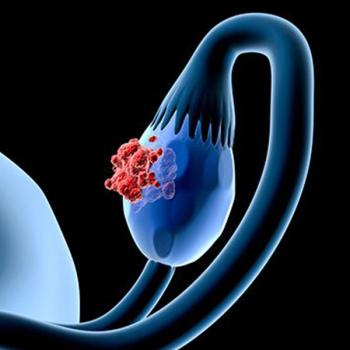
The selective CDK2 inhibitor INX-315 has been given FDA fast track designation for use in CCNE1-amplified, platinum-resistant ovarian cancer.

Oncology nurses can encourage clinical trial enrollment for patients with anaplastic thyroid cancer, a rare and aggressive cancer type.

A ready-to-dilute formulation of thiotepa has been approved by the FDA for use in breast and ovarian cancers.
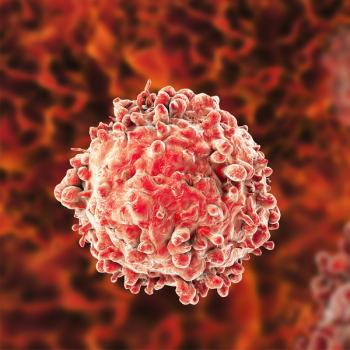
A network meta-analysis suggests zanubrutinib may offer improved efficacy over other BTK inhibitors for patients with high-risk relapsed/refractory CLL.

Nurse practitioners and physician assistants can advocate to play a number of roles in oncology research, including primary investigators.

AYA Cancer Awareness Month offers an opportunity for nurses to go further in supporting AYAs with cancer.
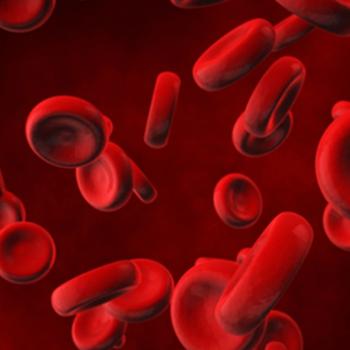
The FDA’s decision not to grant breakthrough designation or accelerated approval for itolizumab in acute GVHD has led to the discontinuation of the pivotal phase 3 EQUATOR trial.
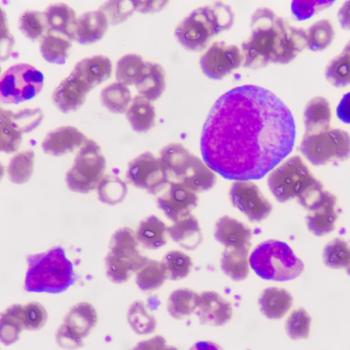
Both those receiving either expected or less-than-expected starting dosages of ruxolitinib for myelofibrosis treatment reduced daily dosages over 12 months.

Findings from the phase 1 BrainChild-03 trial support breakthrough designation for BCB-276 for pediatric diffuse intrinsic pontine glioma.

The FDA approved penpulimab-kcqx combination and monotherapy for non-keratinizing nasopharyngeal carcinoma.

From 2018 to 2022, cancer mortality dropped across race and ethnicity.

Clinical trials can provide patients with myeloproliferative neoplasms expanded treatment options.




According to a nurse practitioner who works in myeloma research, nurses and APPs are responsible for much of the clinical work with patients involved in trials.
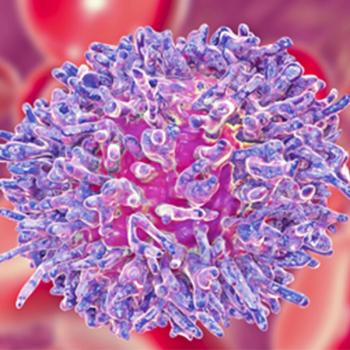
Gene expression in peripheral blood as well as patient-reported outcomes differed for those with acute myeloid leukemia undergoing induction chemotherapy.

Using tools like the ICE Score could improve consistency in grading neurotoxicity tied to bispecific antibodies in hematologic cancers.

Daratumumab showed a decrease in disease progression or death risk vs active monitoring in patients with high-risk smoldering multiple myeloma.

Emetogenic chemotherapy regimens and back pain were associated with higher symptom burden in older, vs younger, patients with cancer.

Data from the CEPHEUS trial support the use of D-VRd in patients with transplant-ineligible or -deferred multiple myeloma who can tolerate bortezomib.

When treating patients with hormone-receptor positive, HER2-negative metastatic breast cancer, mutations necessitate the prioritization of quality of life.
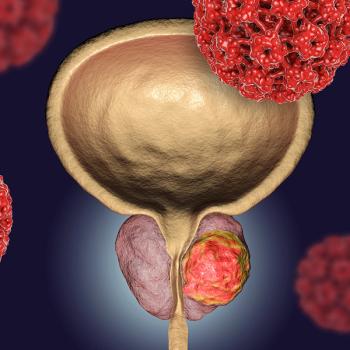
Apalutamide decreased risk of death in mCSPC by 23% and 26% compared with enzalutamide and abiraterone acetate, respectively.


The PRECURSOR intervention appeared feasible/acceptable, suggesting a need for patient-centered conversation in incurable gynecologic cancer treatment.

The intersection of cardiology and oncology is greater than nurses and providers may assume, explained 2 experts.

Sessions addressing supportive care needs for patients with cancer on early phase clinical trials appeared feasible and acceptable in a prospective study.

Oncology nurses can support patients facing financial toxicity by offering guidance on available resources and providing emotional support.

Assessment of psychological needs and offering tailored interventions immediately after BCS helps patients with breast cancer in the outpatient setting.